Making the switch from a carburetor to electronic fuel injection is pretty popular nowadays and it’s easy to understand why; electronic fuel injection can increase your engine’s reliability, improve its efficiency, and help its cold-starting capability.
Even better, there are plenty of potential performance gains from a properly configured and tuned aftermarket EFI system too—from crisper throttle response to increased overall power and torque.
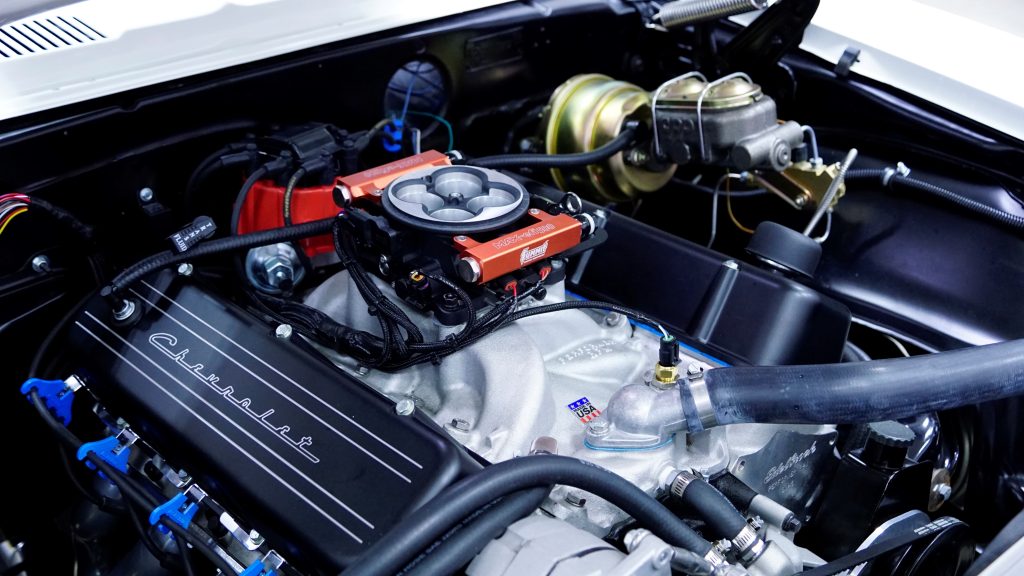
While the advantages of EFI are plentiful, and installation and setup are easier than ever, the actual carb-to-EFI conversion does take some planning. And over the past few years, we’ve been hearing the same questions regarding EFI conversions over and over again.
To address some of those topics, we put together five things you’ll need to consider when planning an aftermarket fuel injection conversion.
Check out our list below—and if you’ve got any pointers or tips for others mulling the switch, let us know in the comments section at the bottom of this article.
***
1. Fuel System Configuration
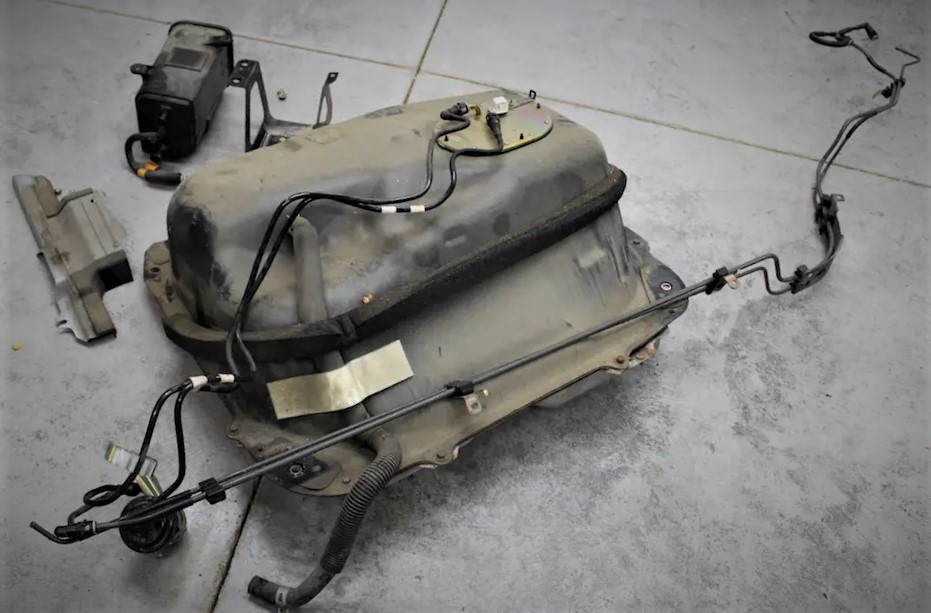
One of the first decisions you’ll need to make is whether to run a return-style or returnless fuel system.
Return-style systems route unused fuel back to the fuel tank to be recirculated.
Returnless fuel systems rely on the ECU to regulate fuel flow at the pump, and they do not require any fuel to be routed back to the tank since they’re sending a specific amount of fuel to your injectors. These systems also don’t require a return line and they tend to create less fuel aeration within your fuel system.
However, a return-style design is the most common choice for EFI conversions and is most often considered to be the best option. That’s because this design maintains the most consistent fuel pressure—an absolute must for EFI. It also virtually eliminates vapor lock issues.
Whether you want to create a return-style or returnless fuel system, there are options for both setups and EFI can work with either one.
Learn more about this topic here: Return or Returnless: Which Fuel System is Right for You?
***
2. Fuel Pump Design
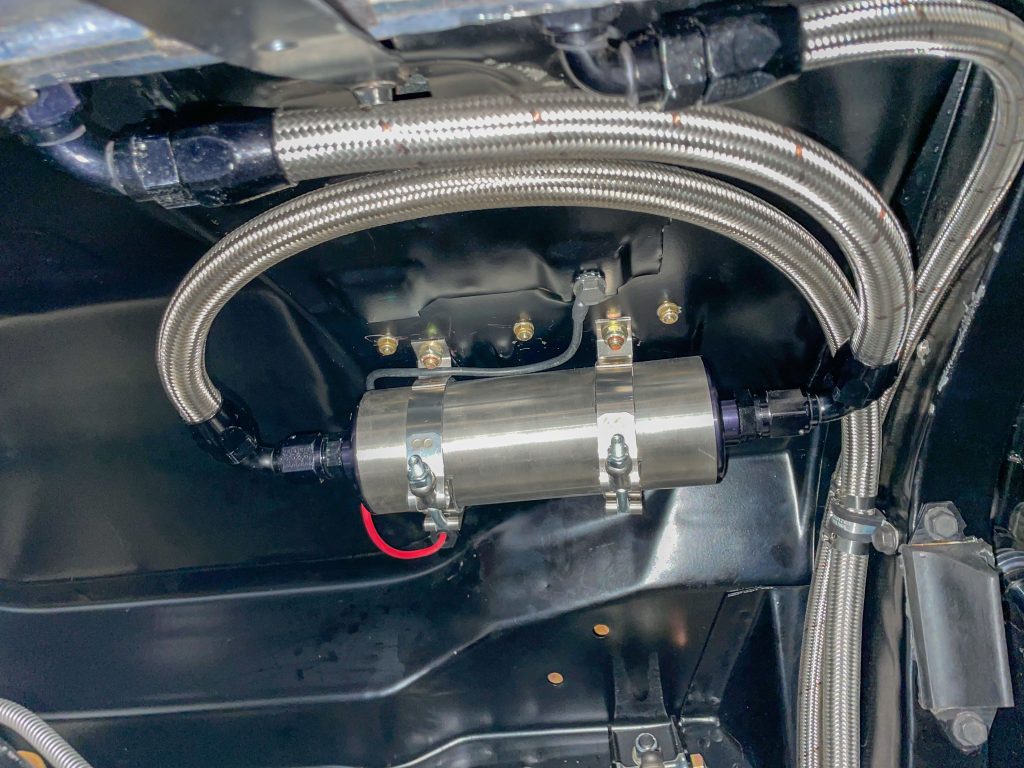
Once you’ve chosen your fuel system design, you’ll need to turn your focus to the fuel pump.
Unlike carburetors, which rely on vacuum to introduce fuel into your engine, EFI systems depend on pressure. That’s why an EFI system requires higher fuel pressure than a carbureted setup.
And that’s why you’ll need a higher pressure fuel pump when making the change from carburetion to fuel injection. With a Holley Sniper system, for example, you’ll need a fuel pump that can flow at least 255 liters per hour.
The big question is what type of fuel pump: in-tank or external?
In-tank fuel pumps tend to stay cooler, last longer, and run quieter than an external pump. In addition, an in-tank fuel won’t run dry under hard acceleration. External pumps are mounted outside the tank and in-line with the fuel system. If you choose to run an external fuel pump, be sure to mount it near your fuel tank and below it.
***
3. Fuel Tank: New or Existing?
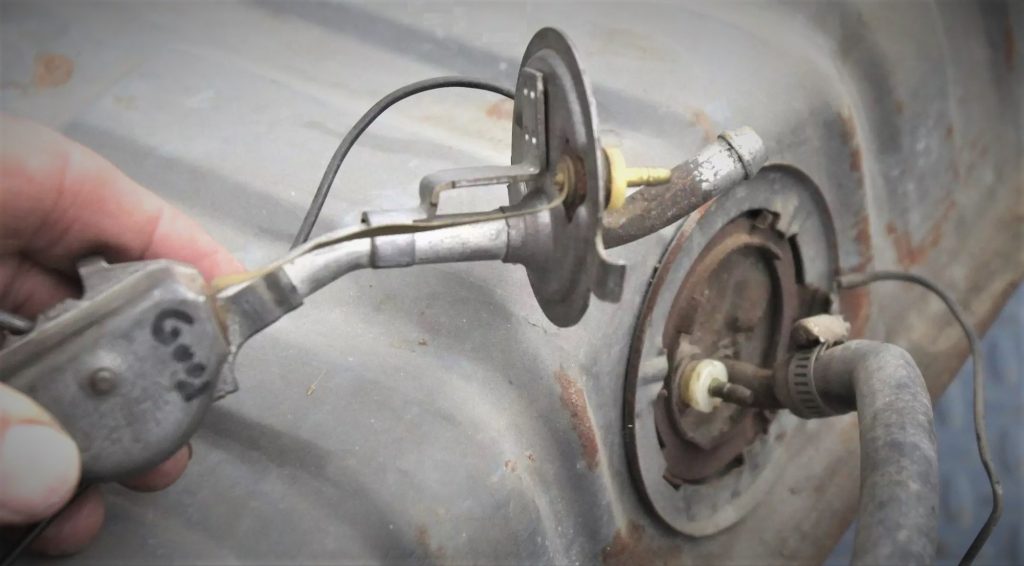
Many older fuel tanks do not include an internal fuel pump, so it may be worth it to upgrade your entire fuel tank. Although you can convert your existing fuel tank to accept an in-tank pump, you may find yourself dealing with fuel slosh or fuel starvation issues. Again, since an EFI system requires constant fuel pressure to operate properly, this can be a real problem.
Dedicated EFI fuel tanks often include baffles or some type of basket to ensure the fuel pump is always surrounded by fuel.
***
4. Fuel Pressure Regulator, Filter & Lines
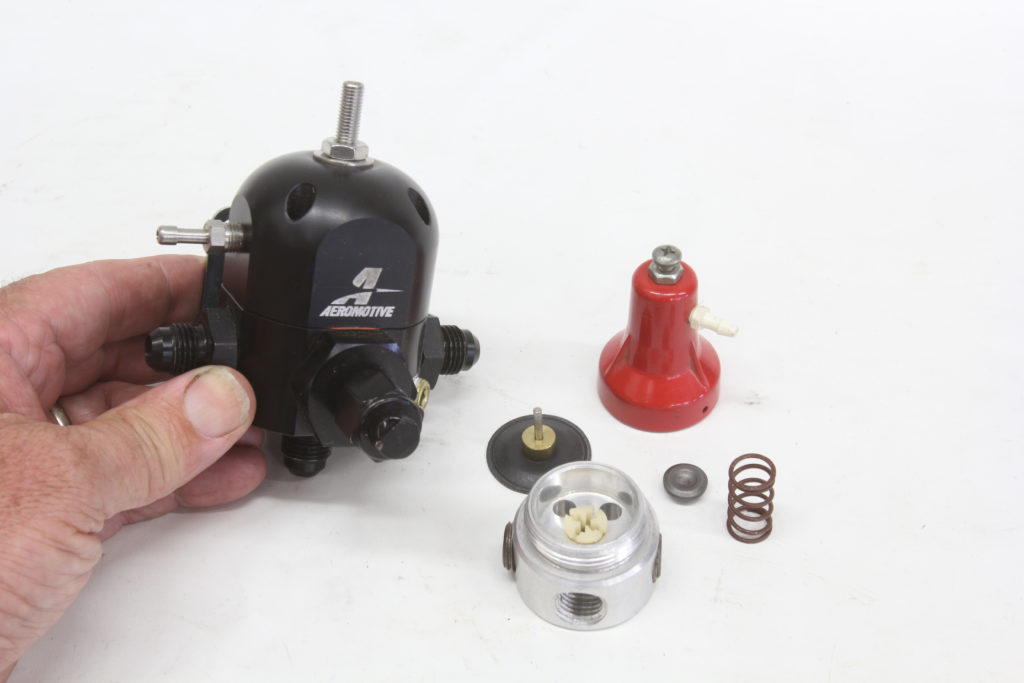
You’re also going to need a reliable fuel pressure regulator and filter.
While carburetors can somewhat handle fluctuating fuel pressure and dirty fuel, and EFI system is much more sensitive. Remember, fuel injection demands steady pressure to introduce fuel into your engine and ensure it’s properly atomized. Many fuel injection systems will incorporate a regulator into the actual design, but an external fuel pressure regulator is often still needed. Holley, for example, includes many of the separate fuel components needed in its Master Kit for its Sniper and Sniper 2 EFIs.
You’ll also want to make sure your fuel lines can handle the additional fuel pressure. This means you may need to upgrade your fuel lines while bolstering your fuel system.
***
5. Ignition System
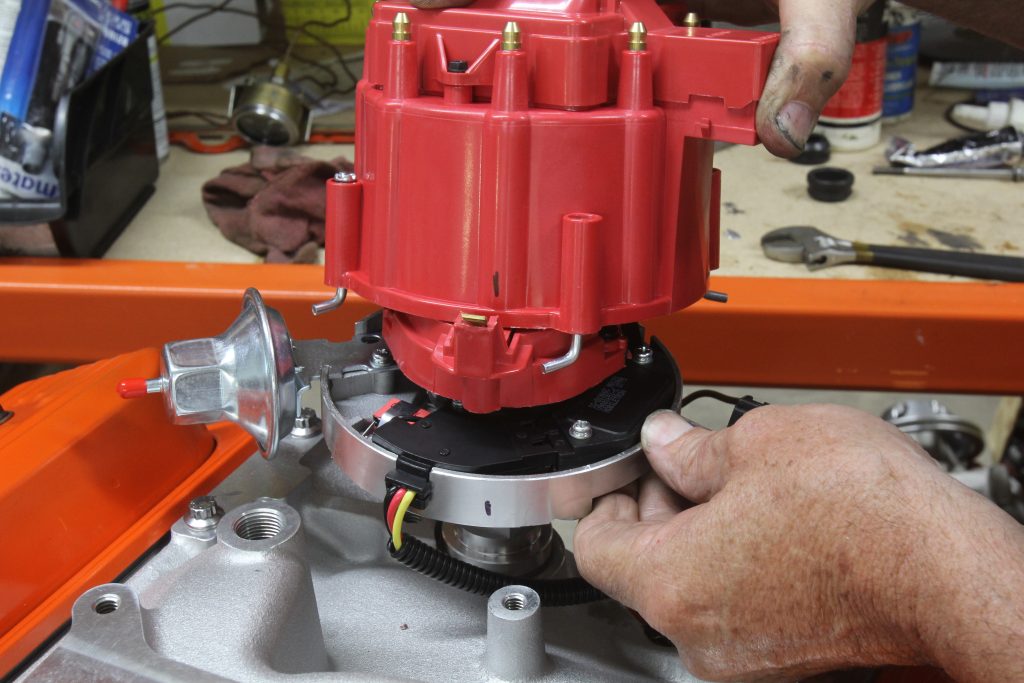
Finally, you’ll want to make sure your ignition system is up to the task.
Holley offers its Hyperspark system to work specifically with its Sniper ECU. Not only does it deliver a noise-free RPM signal to the ECU, it also offers a plug-and-play way to add timing control. Edelbrock and other manufacturers also offer plug-and-play ignition options for their respective EFI systems.
***
All told, since there are more aftermarket EFI kits available now than ever before, it’s getting easier and easier to make the jump to fuel injection. But the kit itself is only part of the story here, you’ve got several key ancillary systems and components to consider before making the plunge.
Taking a holistic approach to your aftermarket EFI swap is the best route here, giving you the ability to asses your particular vehicle’s needs and ensure that you have all the parts required to make your EFI conversion a success.
(If you’ve already done an EFI swap and have some tips, tricks, and techniques to share, drop some knowledge on us in the comments section below.)
More of a visual person? The folks at Summit Racing made this quick EFI 101 video that talks about these facets in a bit more detail—check it out:

Sure would like to put this on my slant six 225cu.in. ’64 Dart! Have the aluminum 4bbl. Intake manifold, rv cam, headers and MSD ignition!
I have a stroked 351W Ford with a hydraulic roller camshaft with a LSA of 107 degrees. Some places say getting EFI to operate properly with a tight LSA cam will be a problem. Others say just try it and see. I would rather not go to the trouble and expense of installing EFI and then needed to change the cam. Is this still a problem or do more recent versions of EFI systems work okay in this situation?